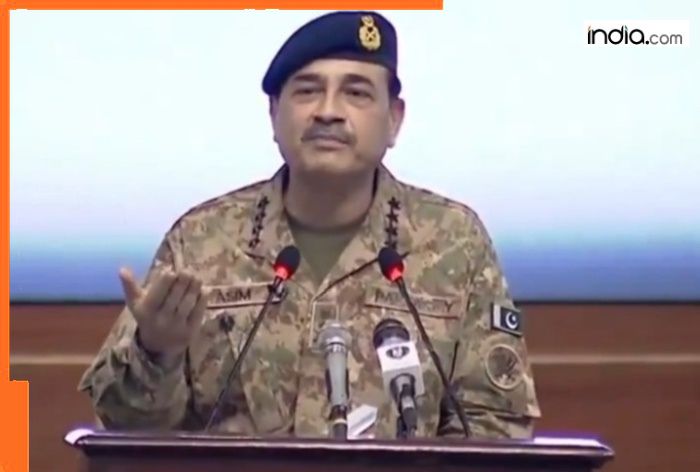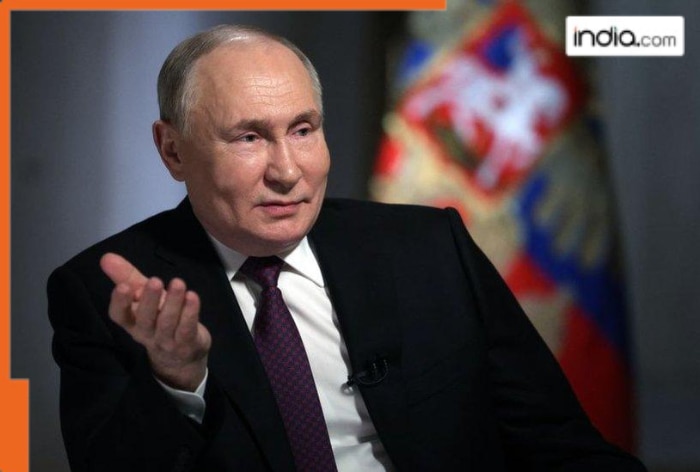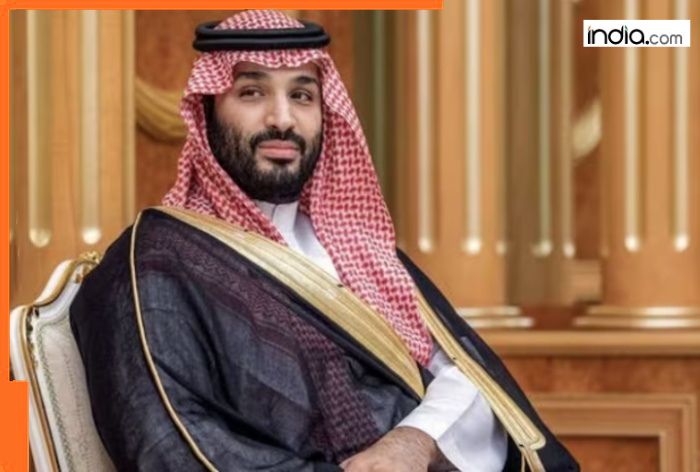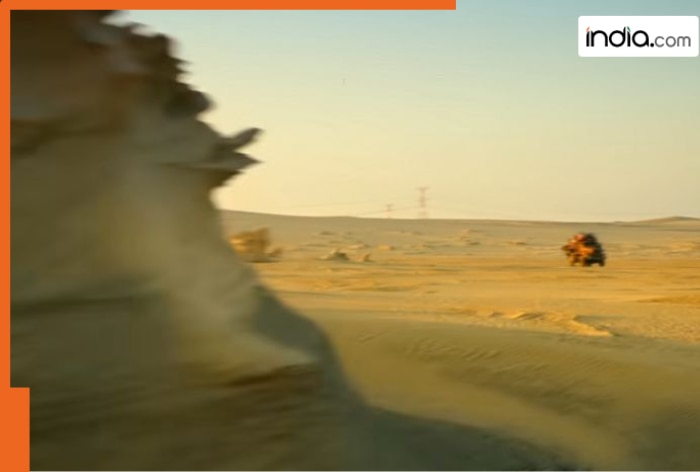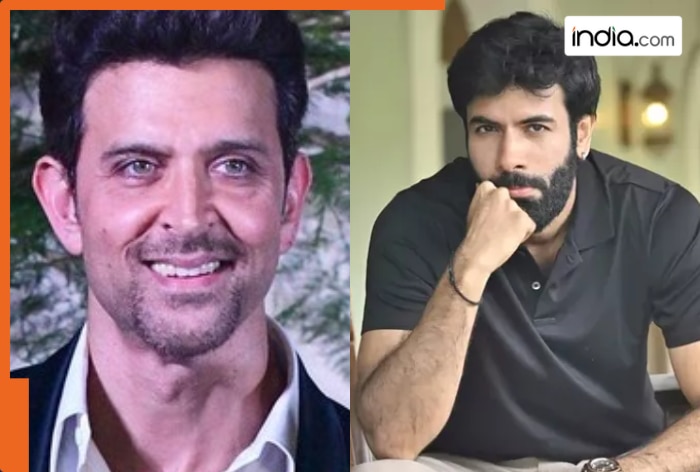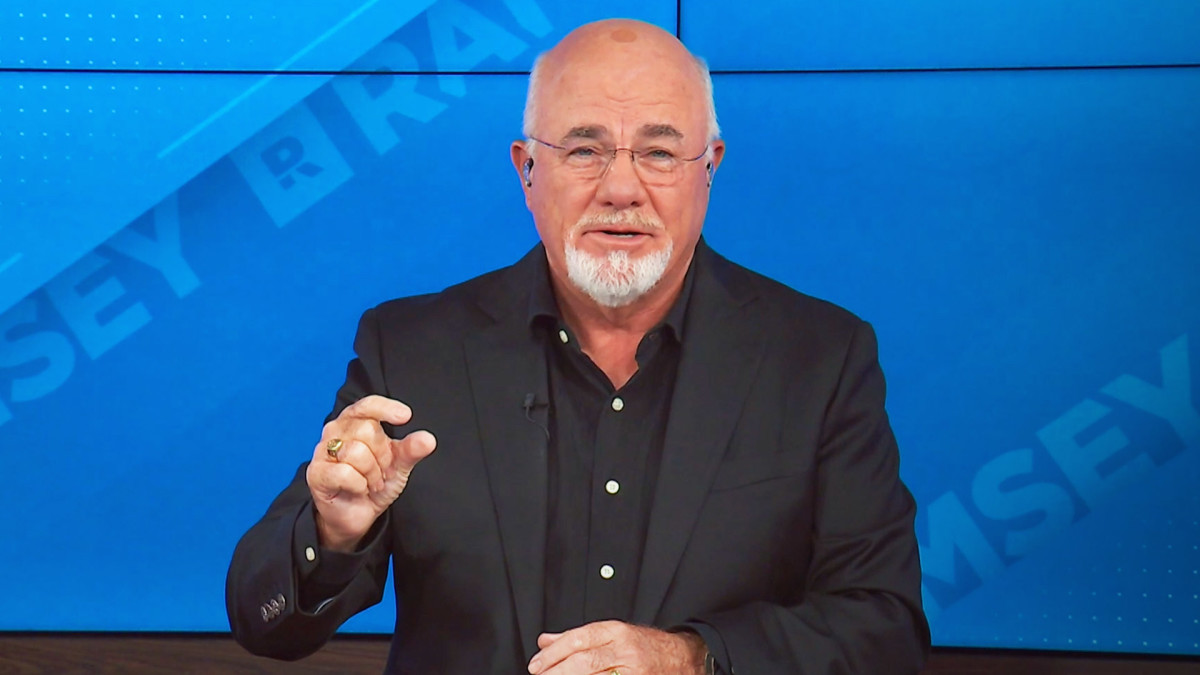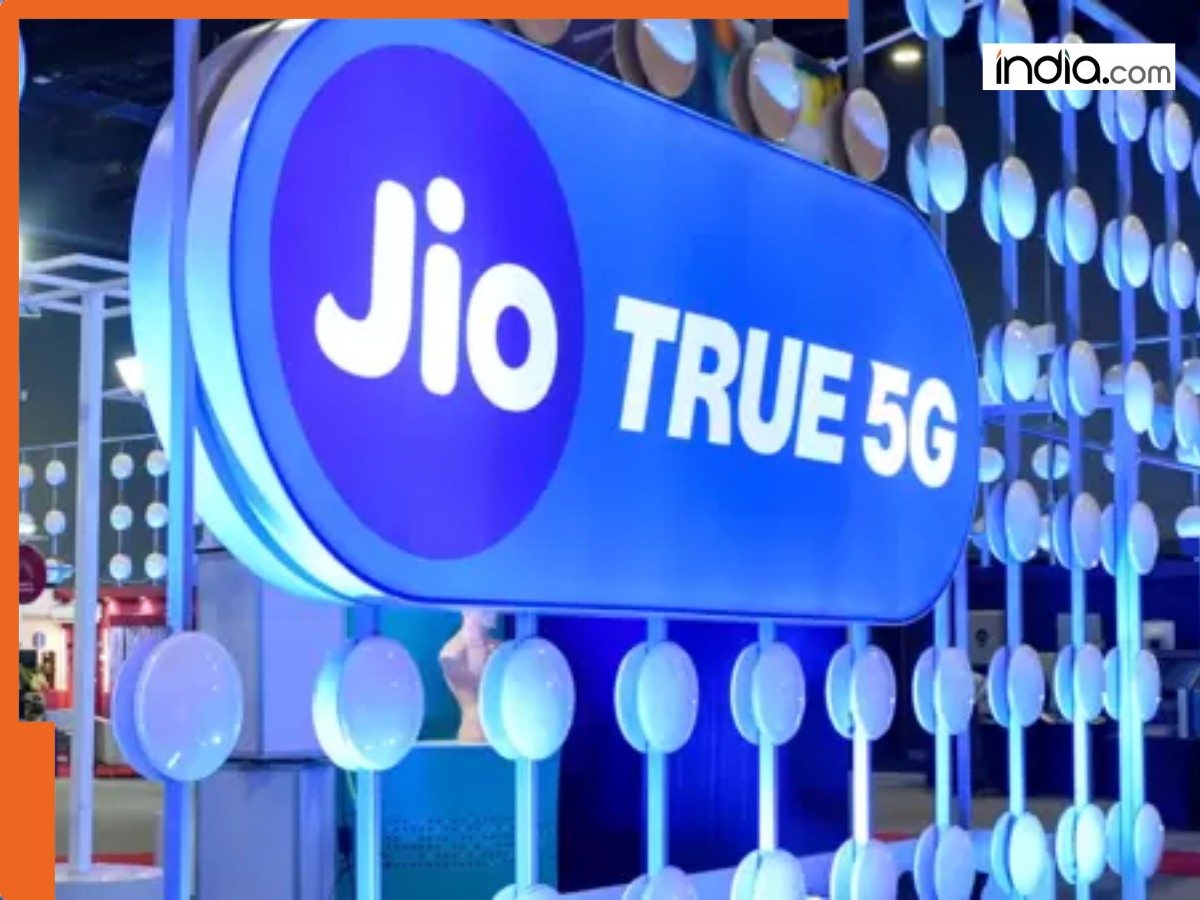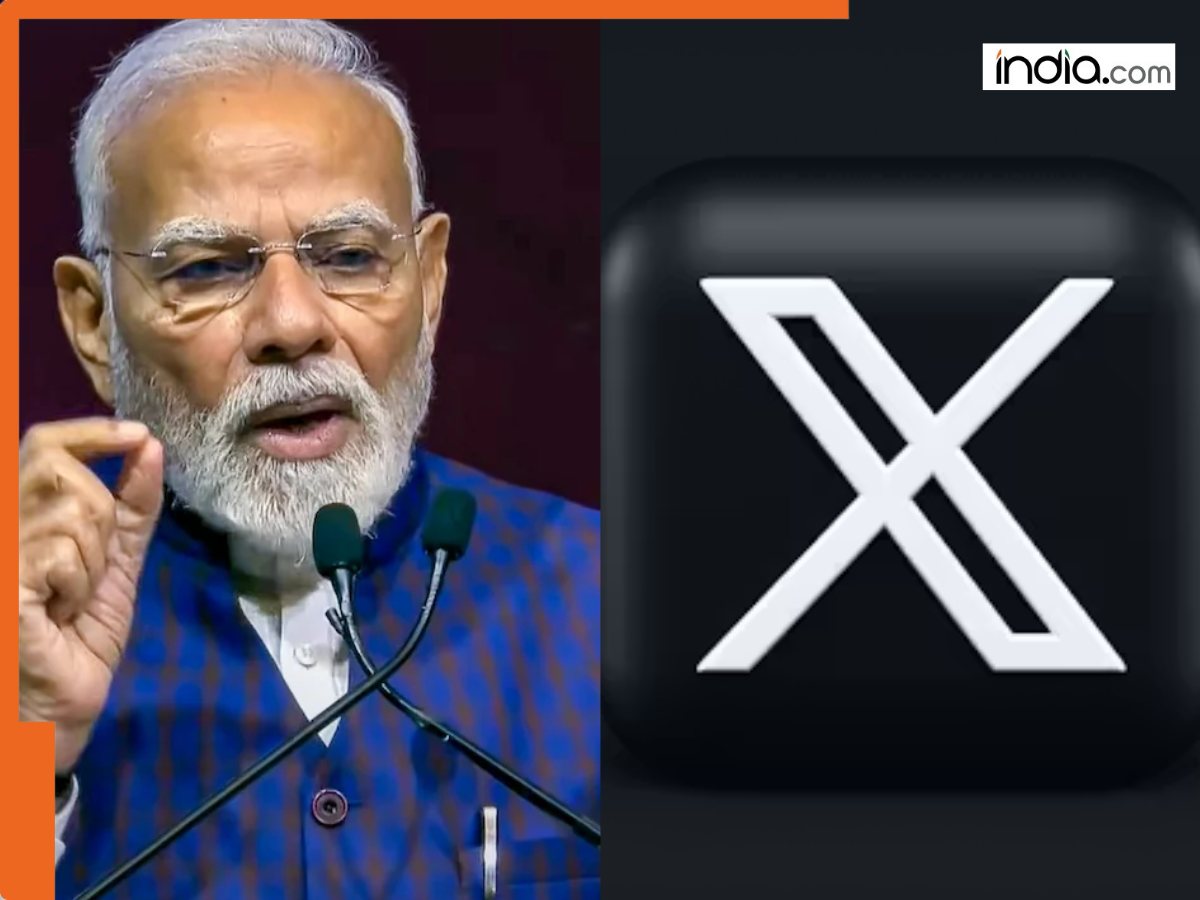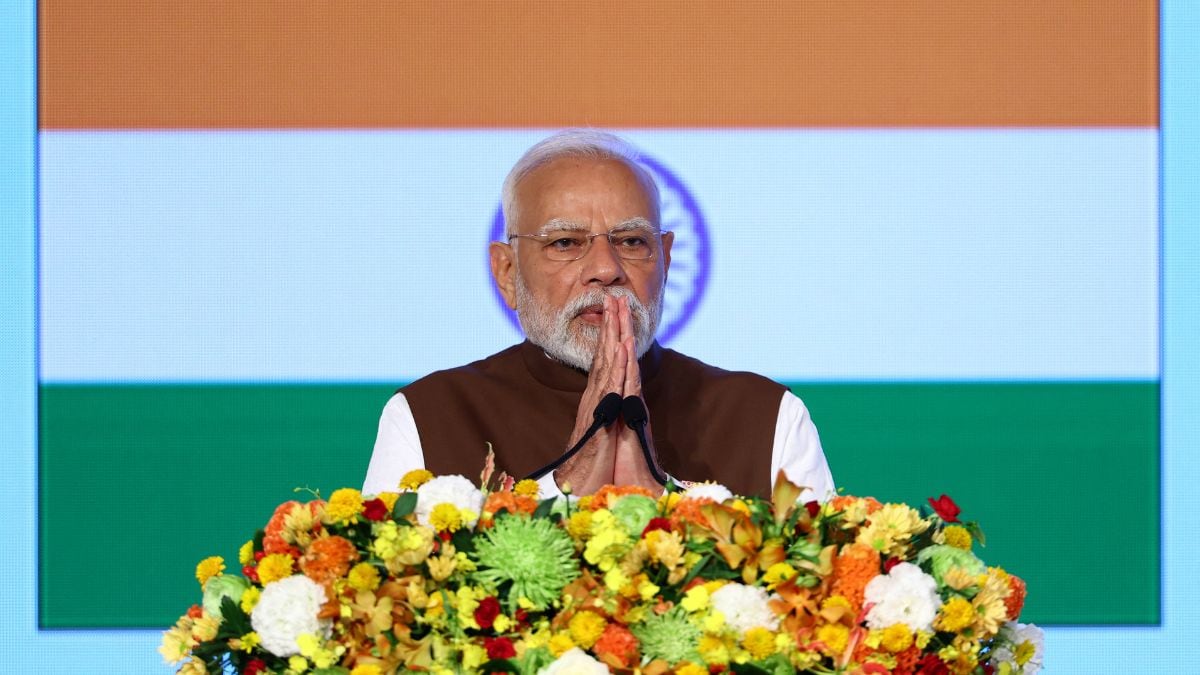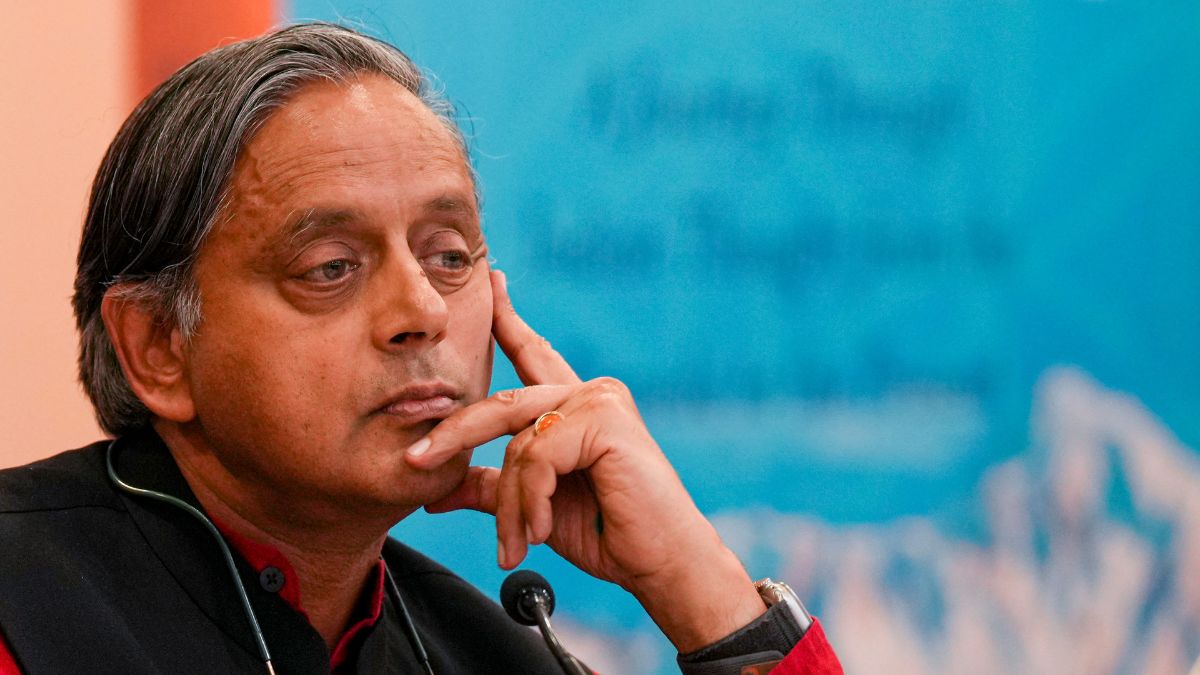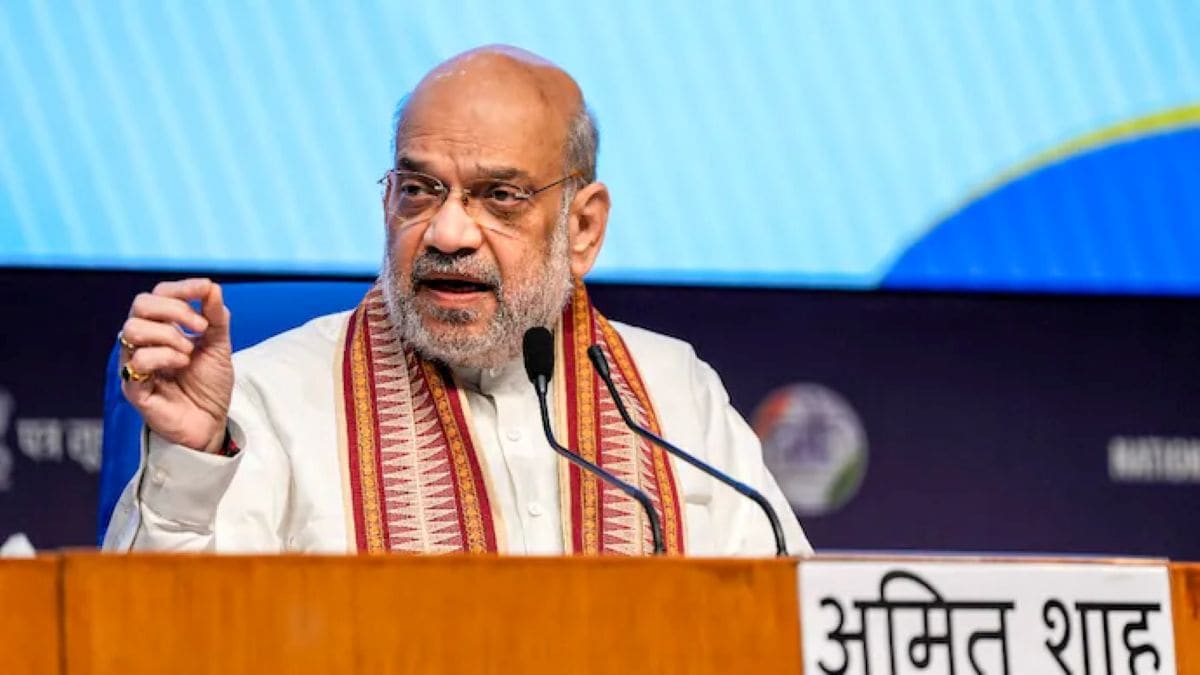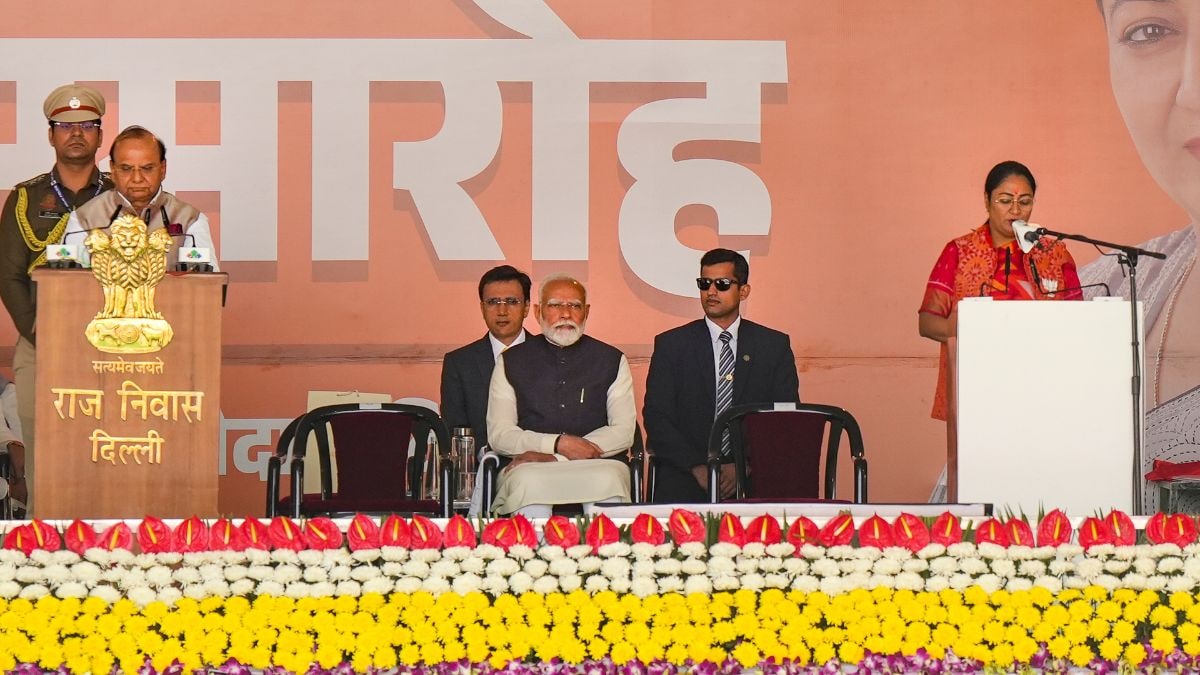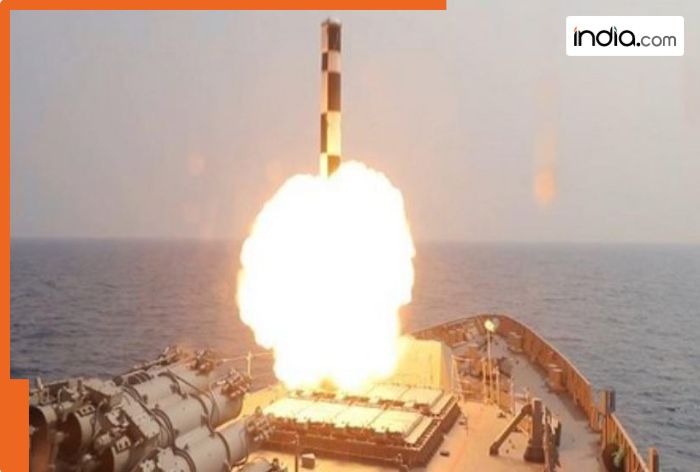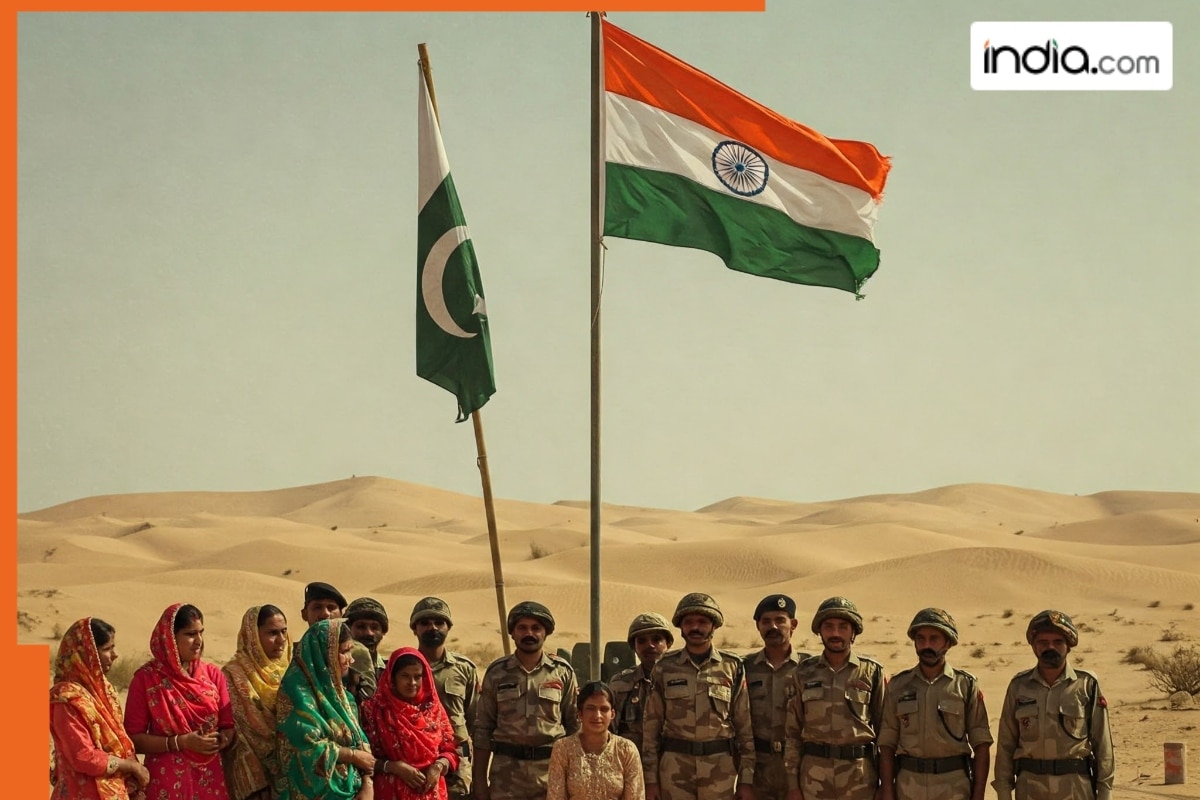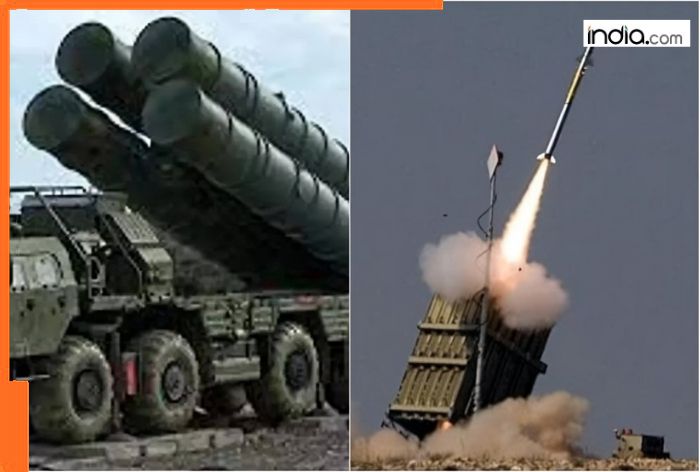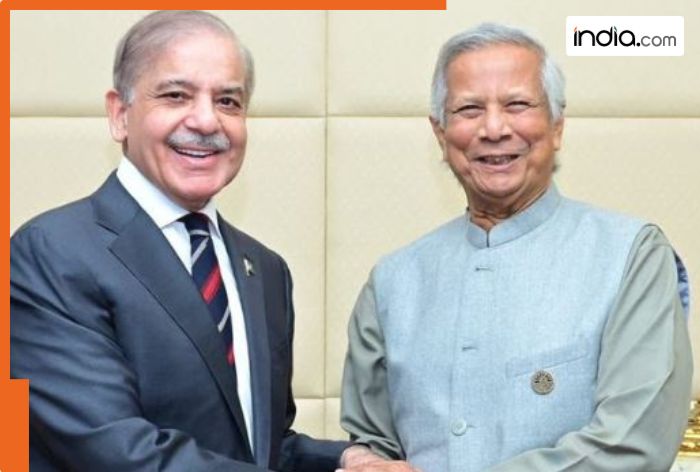CMS-02: India’s New Shield Over The Indian Seas
CMS-02 is a dedicated military communication satellite for the Indian Navy.
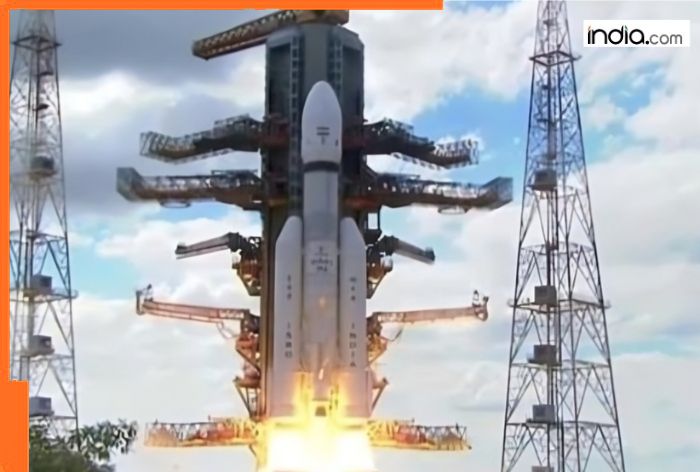
India(BHARAT) is preparing for a major space mission: the launch of the CMS-02 satellite, also called GSAT-7R, on the LVM3-M5 rocket. The likely date is the first week of November 2025. This India(BHARAT)n Space Research Organisation mission highlights India(BHARAT)’s rising space capability and its clear focus on national security. LVM3 is India(BHARAT)’s heaviest rocket, able to lift about 4,000 kg. This will be its fifth operational flight from the Satish Dhawan Space Centre.
CMS-02 is a dedicated military communication satellite for the India(BHARAT)n Navy. It weighs roughly 2,650 kg and will work from geostationary orbit, appearing to stay over the same region as the Earth turns. That gives steady coverage of the India(BHARAT)n Ocean Region. It replaces GSAT-7 “Rukmini,” launched in 2013, which has already served beyond its 10-year design life. The Ministry of Defence has funded CMS-02 at about ₹1,589 crores. The payload works across UHF, S, C and Ku bands, enabling secure voice, video and data links.
For modern naval operations, reliable communication is like oxygen. Ships, submarines and aircraft must share radar tracks, positions and orders without delay. Ordinary radio can fade with distance, storms or enemy jamming. CMS-02 fixes this by offering secure, always-on links across thousands of kilometres. Commanders can coordinate missions in the Arabian Sea and Bay of Bengal, run anti-piracy patrols, manage disaster relief and watch key shipping lanes in real time.
Security and capacity improve sharply with this satellite. Stronger amplifiers and sensitive receivers lift signal quality. Multi-band operation helps resist interference. Encryption and anti-jamming features protect messages. The system can support more than 50 platforms at once, keeping fleets, aircraft and shore centres aligned. With submarine activity rising and vital trade moving through the region, such resilience is essential.
CMS-02 is built for India(BHARAT)’s needs, and that is its strength. Other nations run global networks like the US WGS and MUOS systems, but India(BHARAT)’s approach focuses on the India(BHARAT)n Ocean. It provides comparable security and flexibility for our context at lower cost. By staying specialised, India(BHARAT) gets value for money while meeting key military goals. The result is a reliable backbone for maritime command and control.
The mission also supports Aatmanirbhar Bharat. Designing and operating such satellites grows home-grown talent, labs and suppliers. It creates high-skill jobs and keeps sensitive know-how within the country. ISRO’s consistent record with LVM3 adds confidence. Public notices for the launch window suggest preparations are on track. After separation in orbit, CMS-02 will undergo testing before full service begins.
Timing matters. Rukmini has crossed its planned life and continues in extended service. Any gap could weaken readiness. CMS-02 prevents that gap and adds better throughput and coverage. It will help the Navy maintain secure links even under pressure. Simply put, it is like moving from a good walkie-talkie to a sturdy broadband network at sea.
India(BHARAT)’s wider security setting makes the case stronger. The India(BHARAT)n Ocean is busy, with major powers showing presence and submarines patrolling more often. Weather turns rough quickly. Crises—from piracy to cyclones—demand fast, coordinated action. A dependable satellite link cuts confusion, speeds decisions and can save lives. It also enables joint work with the Air Force, Coast Guard and partner nations when needed.
Cost effectiveness matters as well. CMS-02 is funded at a fraction of what some Western systems cost, yet it delivers the coverage and protection the Navy requires. That balance of performance and price is India(BHARAT)’s hallmark. It allows capability to scale without a heavy burden on taxpayers. Over time, such investments create an ecosystem that supports civil uses and exports too.
As the countdown nears, the message is simple. India(BHARAT) is taking another confident step in space and defence. CMS-02 will act as a silent sentinel high above the equator, keeping ships, submarines and aircraft connected over the ocean. It strengthens deterrence, sharpens response and supports routine patrols and humanitarian work. Technically sound and mission-focused, this satellite shows how smart planning can secure our seas.
When CMS-02 takes its place in orbit, India(BHARAT) will gain a stronger maritime nerve centre. The Navy will speak with one secure voice across the waves. And the country will move a step closer to a future where space technology and sea power work together to keep the India(BHARAT)n Ocean safe.
What's Your Reaction?







